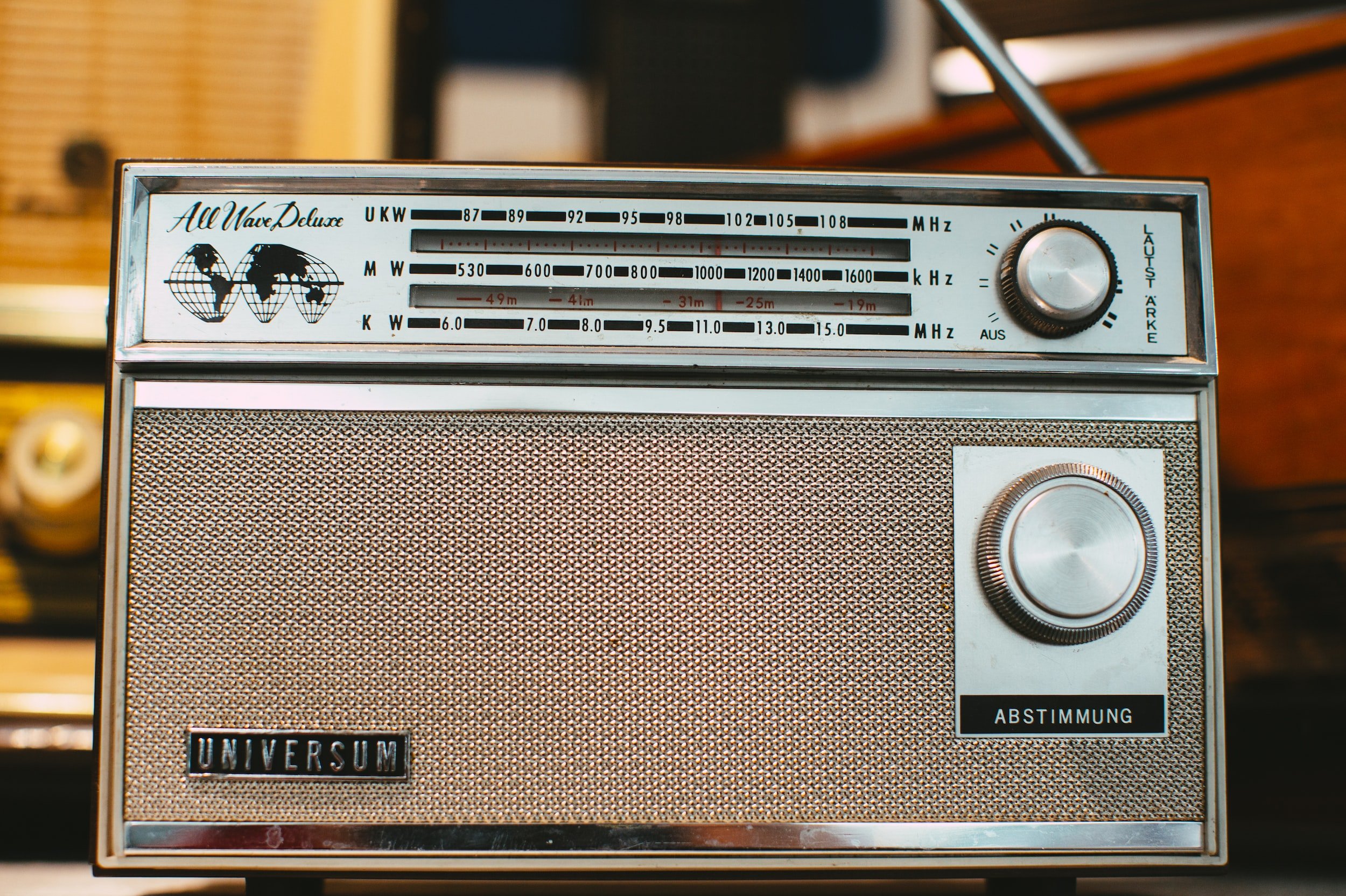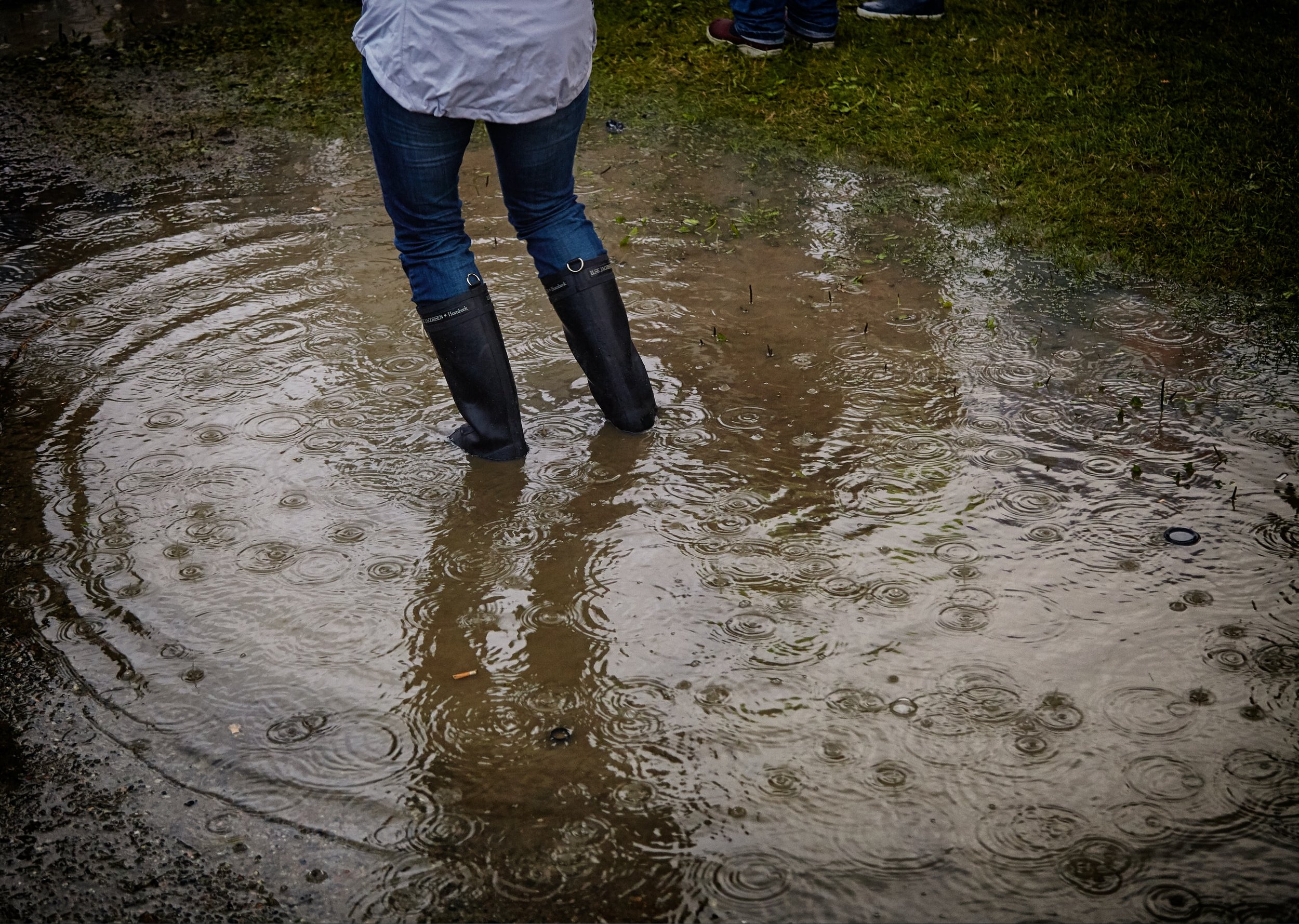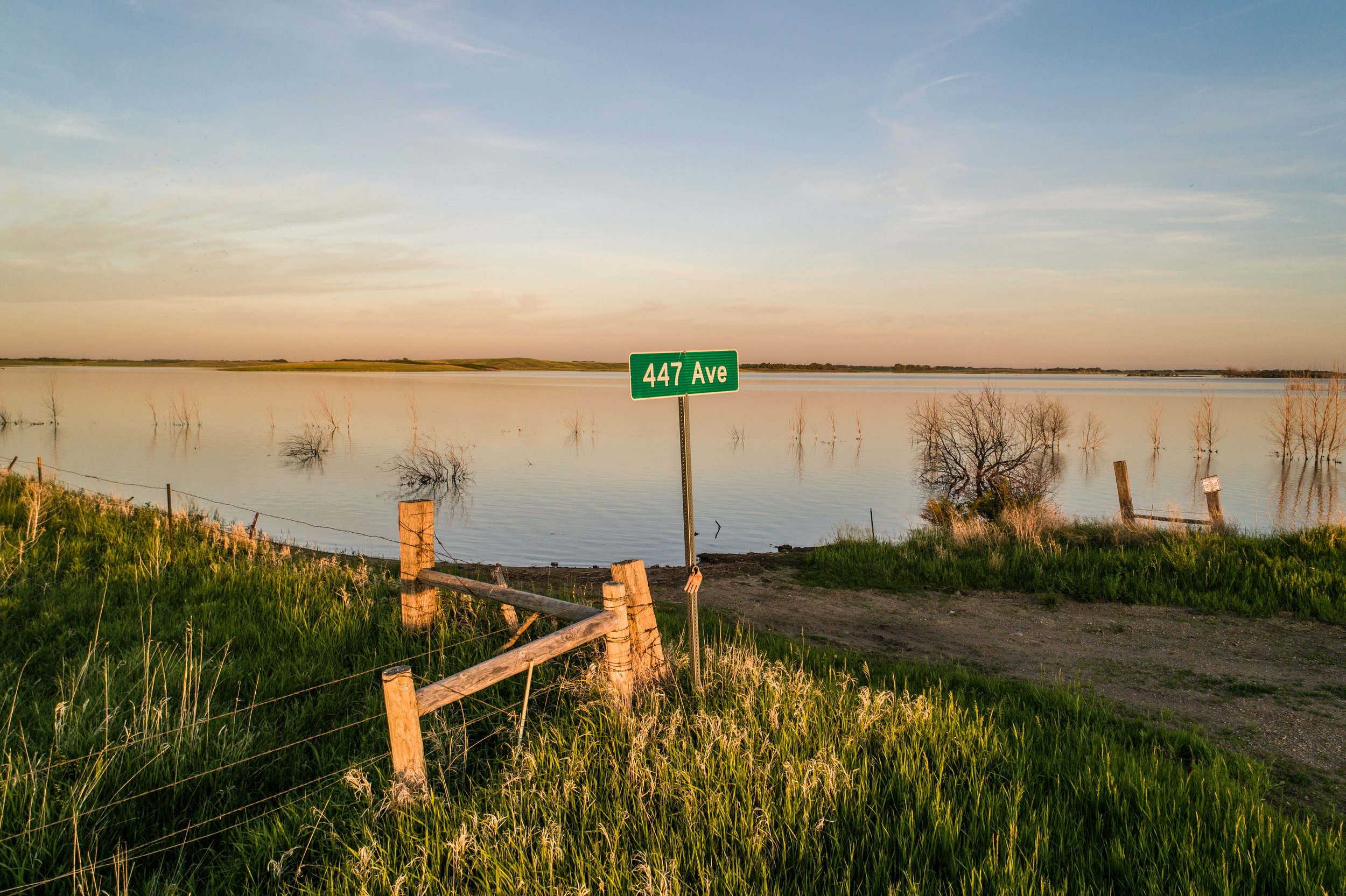
Shoreline Flooding
WHAT CAUSES SHORELINE FLOODING?
Waves, storm surges, heavy rainfall, and severe storms can produce shoreline flooding events. Shoreline flooding can create harmful situations for people living near or visiting the shore. Flooding can also impact infrastructure along the coast damaging roads, homes, businesses, and recreation facilities.
SIGNS FLOODING MAY OCCUR
High Water Levels
Large Waves
Strong Storms
High Winds
Heavy Rainfall
PREPARE FOR SHORELINE FLOODING EVENTS
Know Your Risk
Know the flood history of the area and house where you live. If you are new to the home talk to previous homeowners and neighbors to get up to speed about flooding in the area. You can also use the Rural Hazard Resilience Tools to see potential flooding around your property.
Sign up for emergency notifications for your area to stay informed about potential hazard weather inbound.
Make a Plan
Sit down with the people you live with and make an emergency plan. Include a communications sections that has contacts that you can reach out to in the case of an emergency, multiple evacuation routes, what to bring, and safe places of friends or family in low risk areas where you can stay in the case of a disaster. Include your pets and their needs in the plan. Below are links to guides that help with the planning process.
Make an Emergency Kit
Put together emergency supplies in one easy to travel with bag that can be taken with you in case of an emergency. Important items include: food and water (3-day supply/per person), a NOAA weather radio, a flashlight, a blanket, extra batteries, a first aid kit, and copies of important documents. Don’t forget to include needs of pets in the kit as well. Below are links to guides that can help with the specific contents of the kit.
Prepare Your Home
If you know that your house or property is in an area of risk, you can plan ahead and prepare them for a flood before it happens. This can be as simple as having sand bags ready and having a plan where to place then to larger structural changes to your home. Please see the bottom of the page for more extensive resources on the topic.
KNOW THE TERMS
Lakeshore Flood Watch
A flood watch means there is the possibility of a flood occurring within your area. During a flood watch, check your local weather forecast, watch for weather updates and alerts, be cautious near the shore, and be prepared to move to higher ground.
Lakeshore Flood Warning
A flood warning means a flood is occurring or is going to occur. During a flood warning, move to higher ground immediately, check media sites for emergency updates, and follow instructions given by public safety officials.
DURING A SHORELINE FLOODING EVENT
Source: NOAA
Before or During a Flood Watch
Review the emergency plan with your household, know where you will evacuate and make plans to leave at a moments notice
Charge phones, radios, and other electronics
Pack things ahead of time - have your emergency kit ready to go
ONLY IF TIME ALLOWS: Use sandbags to block off areas where flood waters can enter your home. Shut off the gas, water, and electricity if there is potential for damage.
During a Flood Warning
Review the emergency plan with your household, know where you will evacuate and make plans to leave at a moments notice
Charge phones, radios, and other electronics
Pack things ahead of time - have your emergency kit ready to go
ONLY IF TIME ALLOWS: Use sandbags to block off areas where flood waters can enter your home. Shut off the gas, water, and electricity if there is potential for damage.
AFTER A SHORELINE FLOODING EVENT
Stay informed: Keep up with local media about boil bans, closed and damaged roads or bridges, electrical outages, or other post flood updates
Avoid areas that have flood waters, damaged roads and bridges, downed power lines, or other hazardous areas until they are safe for passage
Check on neighbors, family, and other loved ones to make sure everyone is safe, and has their basic needs met (see button below)
Be aware of potential hazards if there is standing water or other flood damage in the house, these can create both structural and electrical hazards
Follow safety guidelines if you are using a generator, NEVER use a generator indoors, make sure it is outside and away from windows (see button below)
If clean up is needed, wear protective gear, gloves, and a face mask
With water damaged food “when in doubt, throw it out”
Sources & Other Resources
Homeowner Home and Property Protection Guides
Homeowner’s Guide to Retrofitting - Six Ways to Protect Your Home From Flooding - FEMA
Protecting Your Home and Property From Flood Damage - FEMA
Protecting Building Utility Systems From Flood Damage - FEMA
Protecting Manufactured Homes from Floods and Other Hazards - FEMA
Reducing Flood Risk to Residential Buildings That Cannot Be Elevated- FEMA













